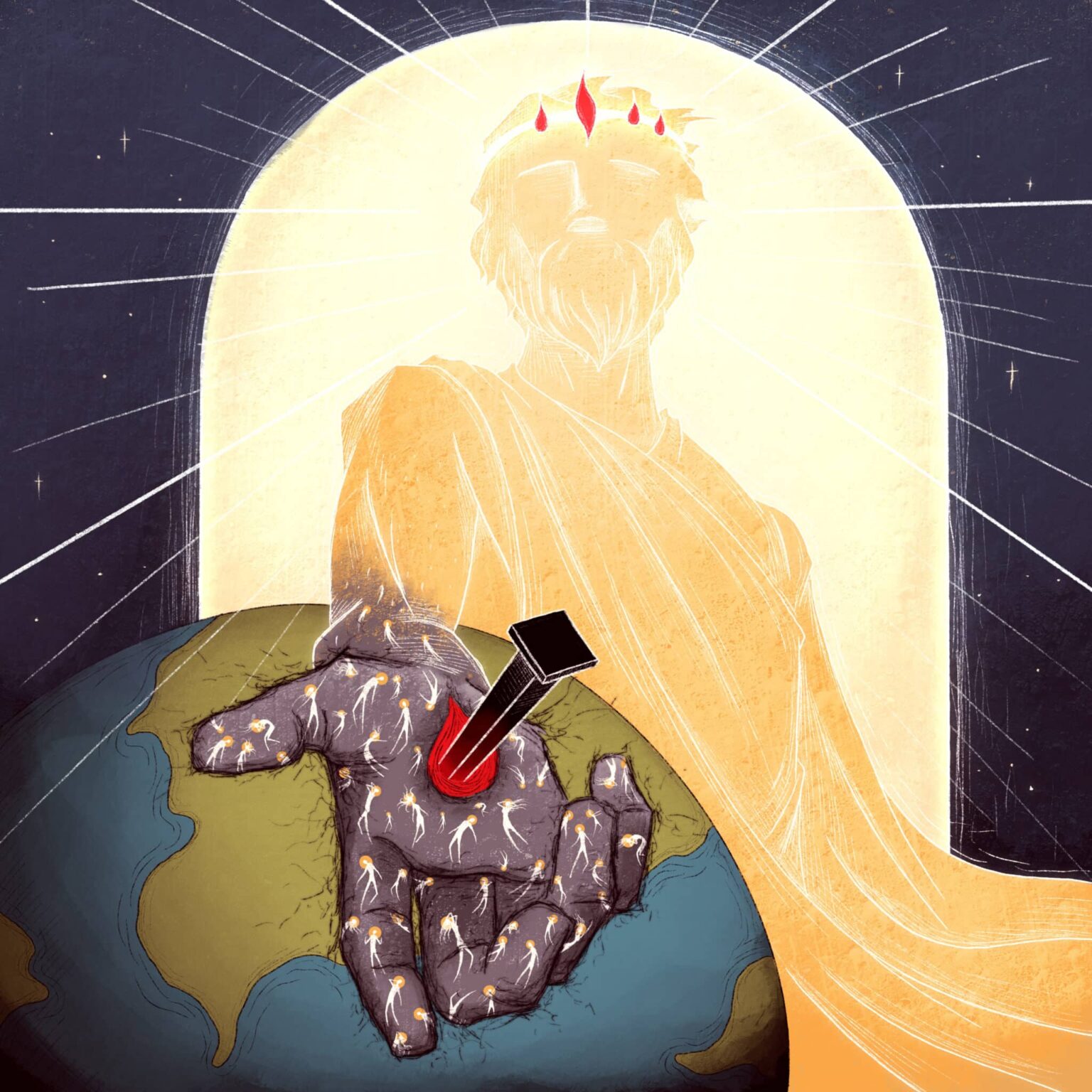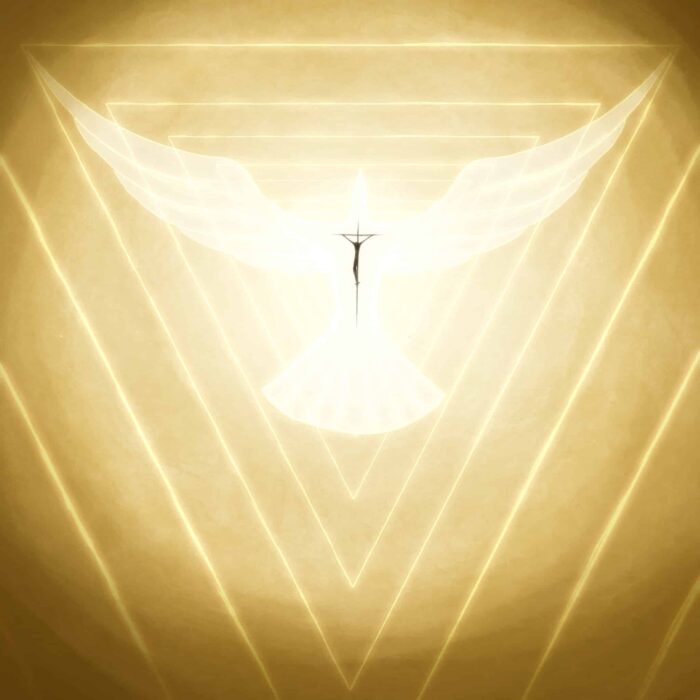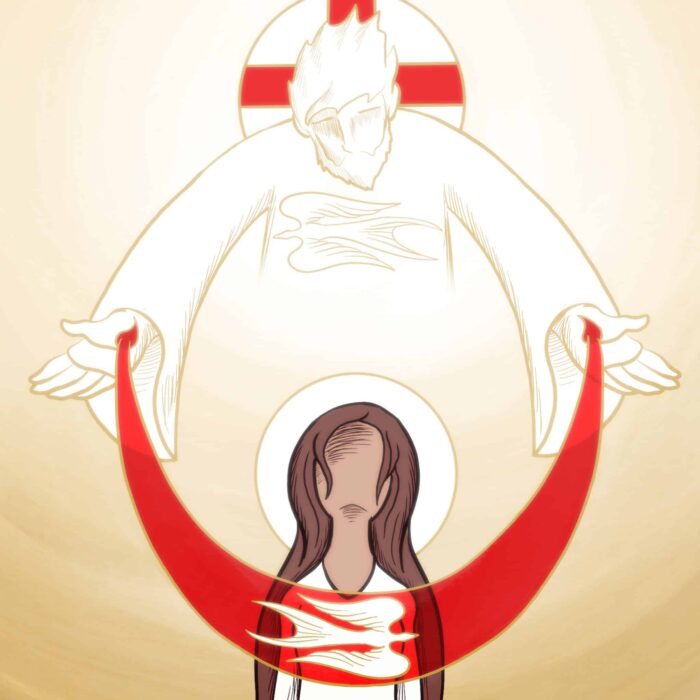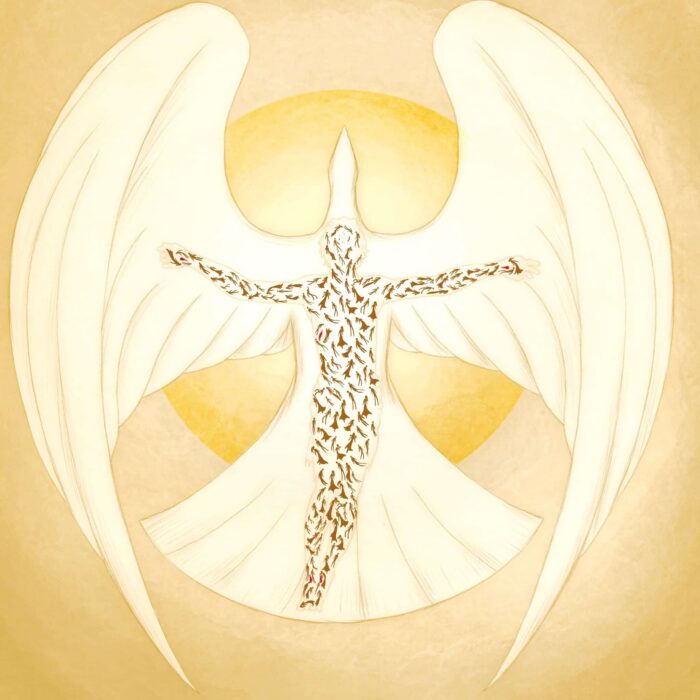1 Corinthians 12:26-27, ‘…if one member suffers, all the members suffer with [it]; if a member is glorified, all the members rejoice together. Now, you yourselves are the body of Christ, and individually members of it,’
We are members of the body of Christ, and, in His suffering, Christ has suffered the sufferings of His Body…the sufferings of Christians ARE the sufferings of Christ…He suffers in every member, He suffers in every one of their pains, in every one of their sorrows, in every one of their agonies. They are His sufferings as well….or, better, He has made them His sufferings by uniting Himself to His body as a Groom unites Himself to his Bride. By His chosen union of steadfast love and faithfulness to His people, they become His Body, such that their suffering—every ounce of it from every moment of time—becomes the suffering of His Body; becomes His own suffering.
And yet, He is not suffering at all times, is He? Surely, by His death and resurrection, He is no longer suffering (Heb. 9:26)? True…but at the same time, recall that His death—His suffering—was carried out in the eternal Spirit (Heb.9:14) which means that, in some true sense, His suffering is unbounded by time. And so, when I suffer today, Jesus bears that suffering in His body in the paschal mystery of the cross 2,000 years ago, a suffering that embraces all times and places. Christ’s body, crucified in the specific time and place of Calvary is simultaneously His Body crucified on the cross of all space and time…It is His universal and trans-temporal Body, crucified in the sufferings of His Bride on the cross that is the height and length and breadth and depth of the world itself…And so, whenever we suffer, Christian, it is Christ suffering in us….or, said another way, it is us entering into the suffering of His body on Calvary.
But the body that suffers on Calvary—which, even as it is Jesus actual, human body—is simultaneously the trans-spatial, trans-temporal body of all those united to Him. Thus, the resurrection of that body in glory three days later is also the resurrection of all those who suffer in Him. In other words, by His resurrection in glory, we see the telos of—not just His suffering—but of our suffering; indeed, of all suffering. And that is the second part here—one I have to mention only very briefly—namely, that He (as our Head) is the member who has been glorified by His resurrection, such that—in and by and because of His glorification—we are all filled joy (v.26). Where the Head goes, so too the Body goes, and where our Head has gone, so too will we go. Just as our suffering IS His suffering by virtue of His union to us as His Body, so too His resurrection in glory which gathers all His sufferings up into its own joy IS our resurrection, IS the future toward which we are invariably moving. We—as members of the Body whose Head is already exalted on high, with wounds transfigured to memorials of love and heralds of God’s glory—we also rejoice because His glorification is now and will soon be our own, even as we remain, for a time, in the shadows of this world.




